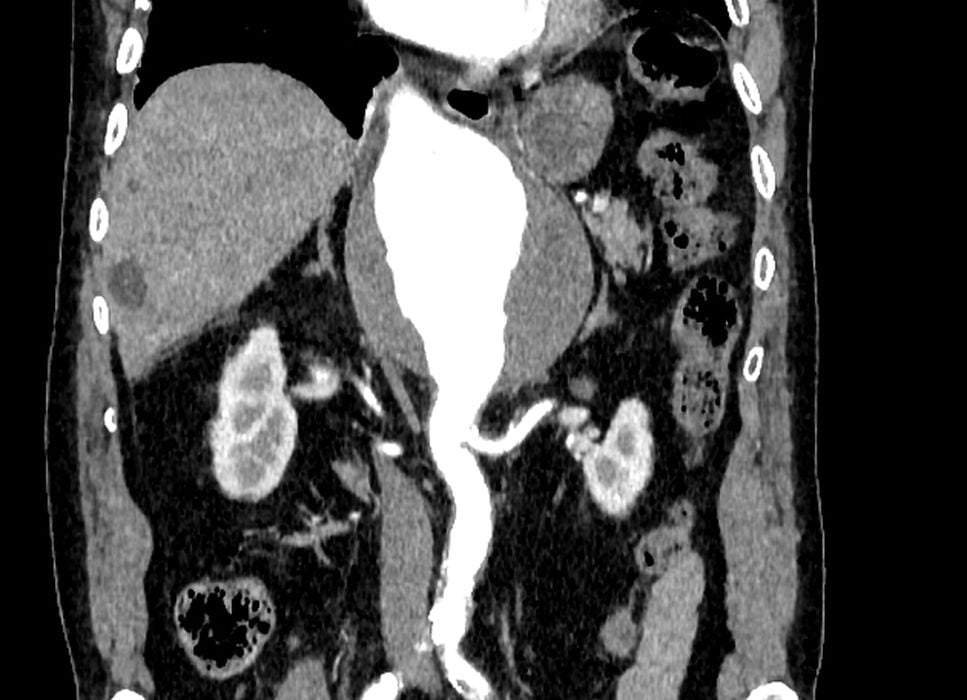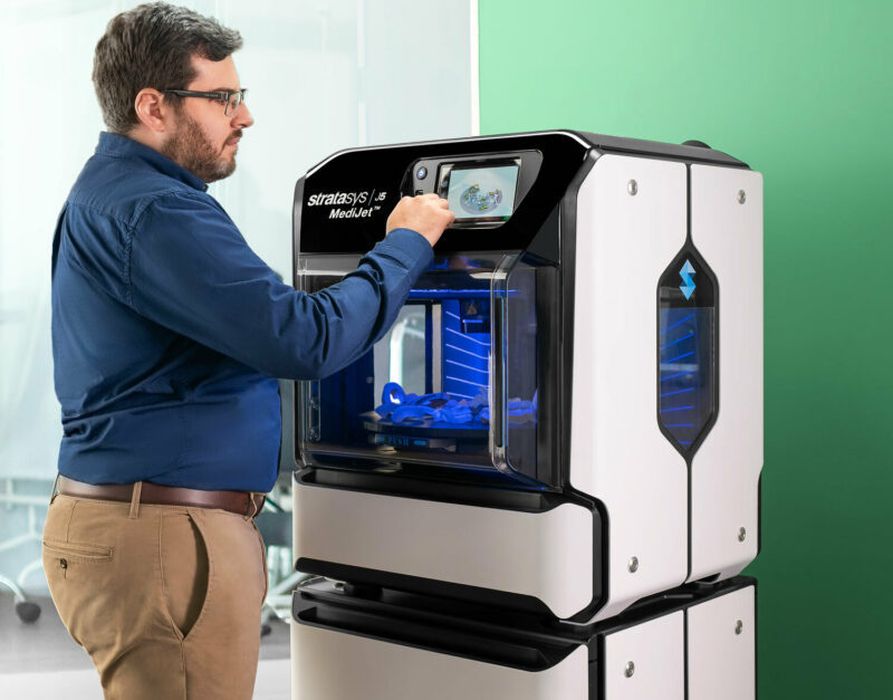
Stratasys announced a major investment of US$10M in Axial3D, but why?
Axial3D is a seven year old UK-based firm providing medtech solutions to healthcare providers and practitioners. Many of their solutions involve 3D technologies, including printing, scanning and software.
Their solutions typically involve processing DICOM data that is collected by various medical equipment. DICOM is a standard medical file format that contains patient and 3D information, usually gathered from medical scanners of one sort or another, including MRI or CT scanners.

These DICOM files can be processed in many ways. Axial3D leverages them to provide:
- 3D printed anatomical models
- “Print ready” files to print on one’s own equipment
- Visualizations of 3D scenes from the data
- “Segmentation”, where DICOM data is uploaded and processed into a specific 3D model or print
These capabilities can be used by medical professionals in a variety of ways, not the least of which is surgical planning, particularly with 3D anatomical models that are far better for simulating procedures.
Using the Axial3D system is easy, as shown in their explanatory video:
The Axial3D services seem to be extremely useful for the healthcare industry, but why would Stratasys inject US$10M into them?
I think there are a couple of reasons, some tactical, but others strategic.
The obvious answer is that Stratasys more than likely is already supplying Axial3D with full color PolyJet technology to produce anatomical models. In fact, Stratasys Direct, the company’s print service arm, announced an anatomical print service just over a year ago. Stratasys knows how to do this stuff. Stratasys also announced the J5 MediJet 3D printer last year, and it appears that hardware is also used by Axial3D.

By investing in the company, they will gain some level of influence over the company, and thus continue or grow Axial3D’s investment in Stratasys products. This is important when you realize their main rival, 3D Systems, also offers an anatomical 3D print service, and has been making deep moves in the healthcare industry of late.
But there could be another, more strategic reason for Stratasys investing in the company.
By becoming part owner of Axial3D, Stratasys will gain visibility into the healthcare and medtech world, far deeper than they can on their own.
This access could offer Stratasys insight into potential opportunities for new product types to address needs currently underserved in the healthcare sector. Almost always those within an industry don’t realize solutions could exist, and it takes external vision — in this case Stratasys — to identify and pursue them.
This move also deepens Stratasys’ work in the healthcare sector and I expect they may make further announcements of work in this industry.
Someone at Stratasys HQ is pressing the “Healthcare” button.
Via Stratasys
